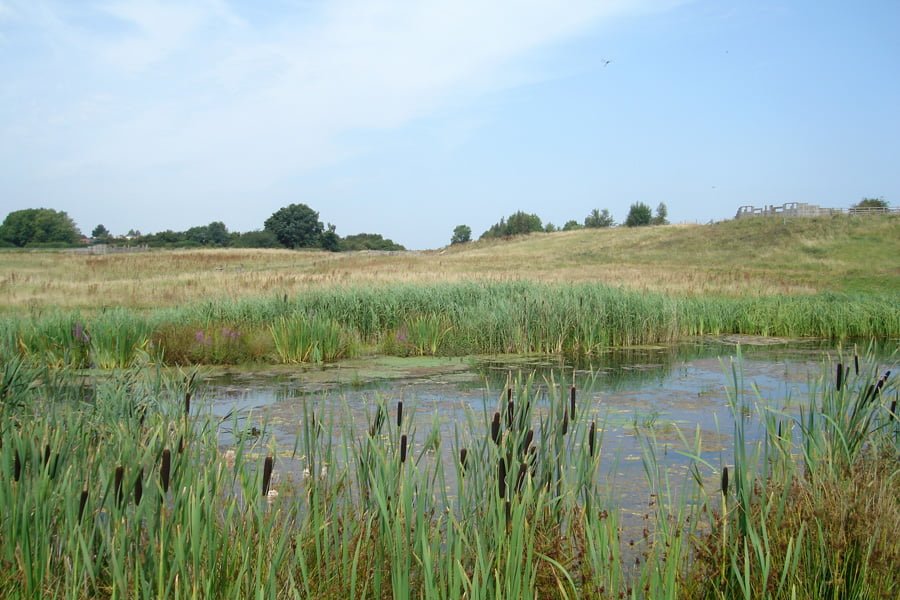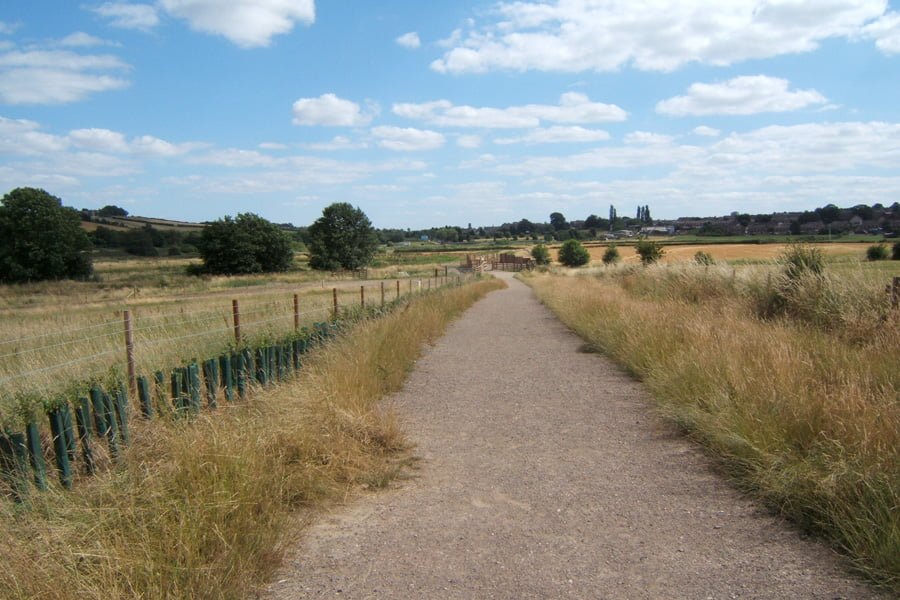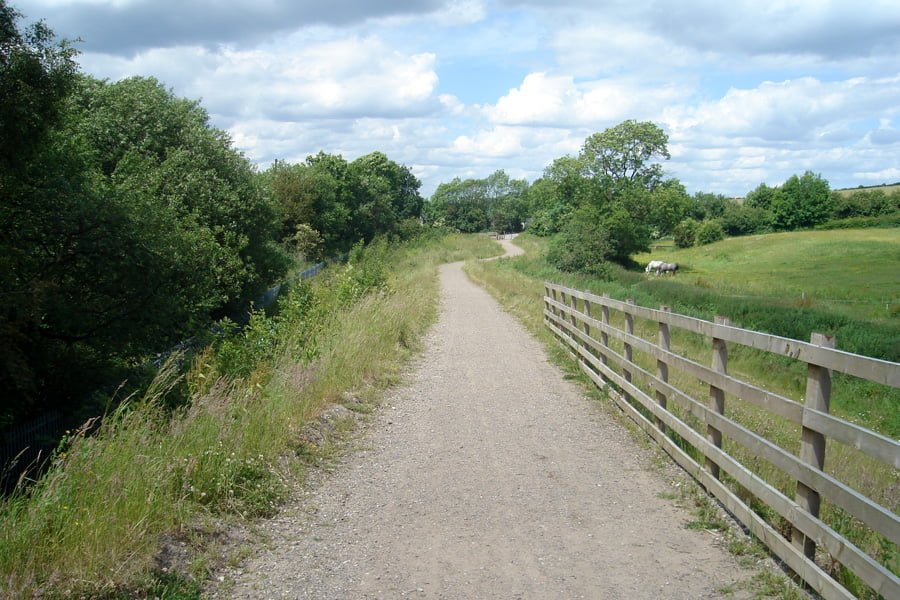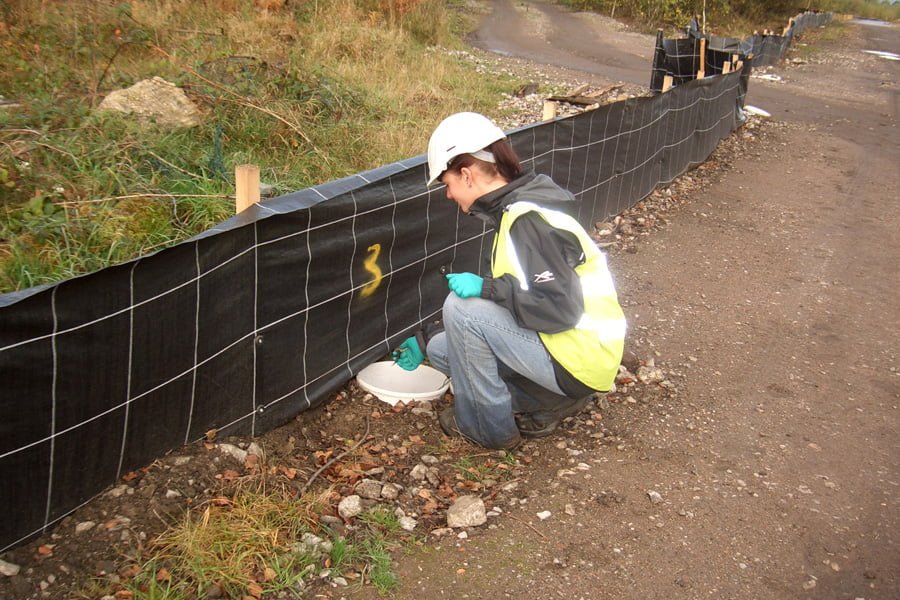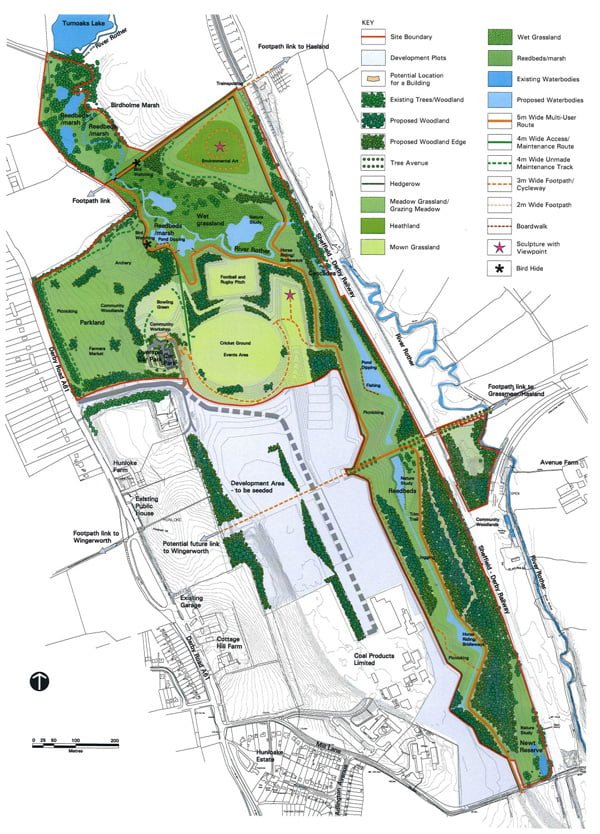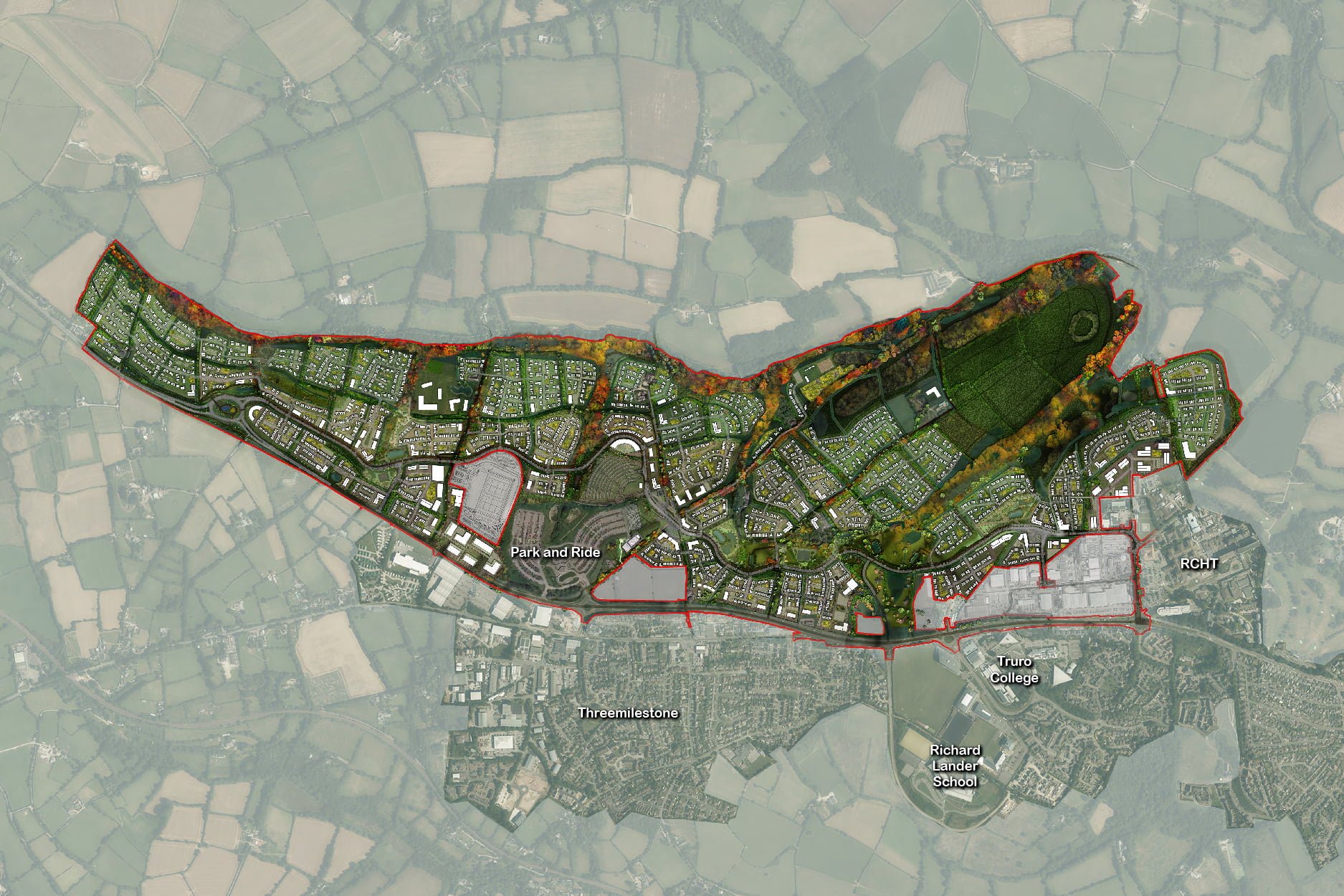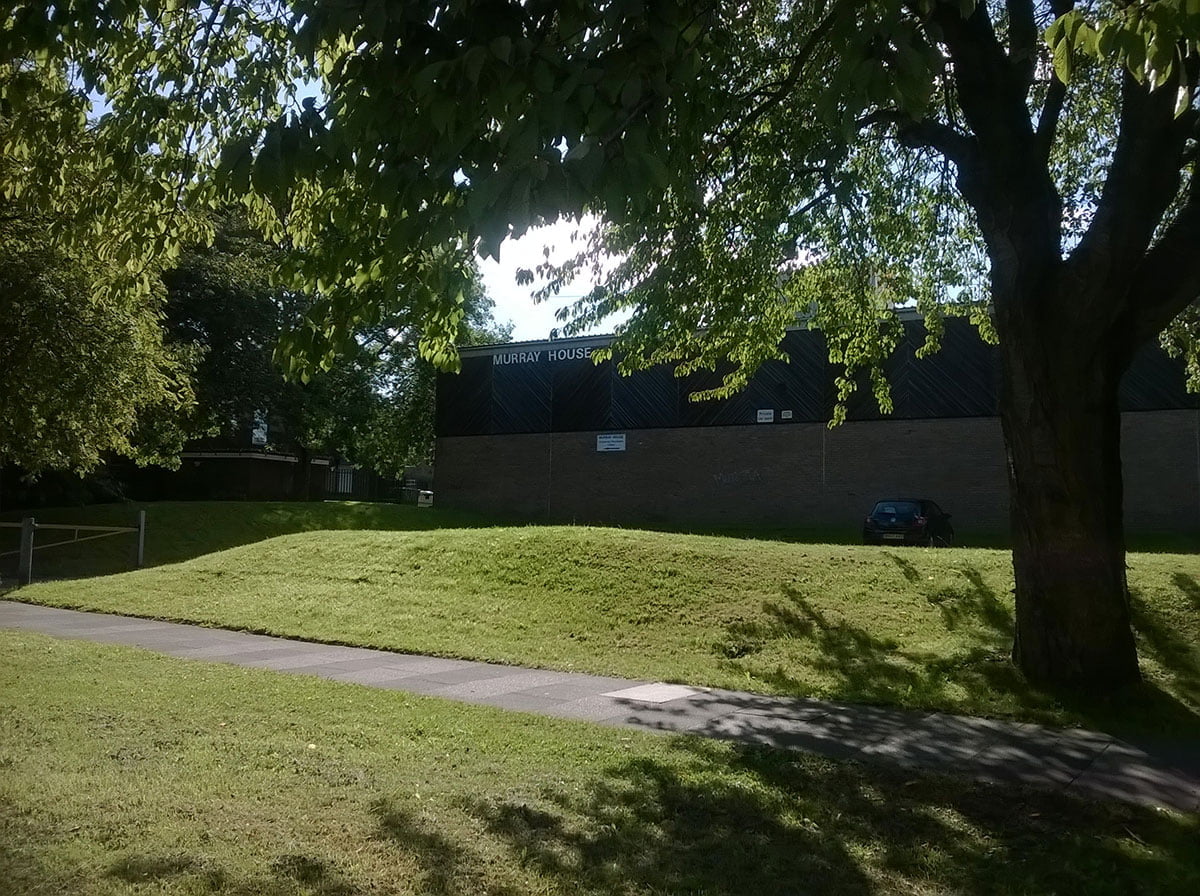The Avenue is an exciting and ambitious project that involves transforming 98 hectares of heavily polluted industrial land over a 20 year programme into a place that can be used and enjoyed by people and wildlife, along with a development platform for ca 1100 new homes. Our client is Homes England and the project is supported by European Regional Development Funds.
Since 2000, TEP has provided ecological, landscape and soil science assessments, leading to design and implementation of new habitats and landscapes. Our work at the Avenue demonstrates:
- Strong landscape-led vision underpinning and guiding the scheme, from concept through to realisation
- Excellent evidence base built up from initial desktop studies through to detailed ecological, landscape and soil assessments, which guided the masterplan
- Strong client leadership recognising that compromises should not be made in the quality of soils and landscape
- Mixed-use scheme, incorporating formal and informal public access
- Emphasis on re-use of site-won materials and composts in the formation of horticultural soils
- Sustainable drainage systems and floodplain restoration
TEP’s landscape masterplan, developed in consultation with stakeholders and the communities around Chesterfield, Derbyshire included areas of new wetlands, grasslands and reedbeds, diversion of the River Rother, new and enhanced woodlands and hedgerows, extended and improved habitats and various sports and recreational facilities. Utilising extensive historical and present day desktop information ensured the creation of new habitats was in keeping with the local area as well as providing both wildlife benefits and visitor enjoyment.
Following a period of ecological and landscape survey, EIA and consultation, TEP’s masterplan formed the basis of planning approval in 2004. As the project moved to delivery stages, TEP has provided ecological assessments, designs and habitat creation works in phases. The Washlands Nature Reserve was created between 2005 and 2008 and incorporates a Learning Centre. This was handed over to Derbyshire Wildlife Trust which uses the site to teach the public (including local communities, volunteers and school groups) about the history of the site and the conservation of biodiversity.
Between 2007 and 2011, TEP supported the client with translocation of great crested newts, grass snakes and water voles and licensed works affecting bat roosts.
From 2009 until the present day, we have been overseeing the ecological, landscape and soil-forming processes of floodplain restoration, woodland and meadow creation. A major milestone was reached in October 2014, when the River Rother was “released” into its new re-naturalised floodplain which provides enhanced flood storage capacity, benefitting 1000 homes in Chesterfield as well as creating new habitats. Between 2015 and 2017, the sports pitches and final landscape planting took place, and TEP continues to monitor the site as it is handed over to the Land Trust.
Sustainability is key to many aspects of the project, from remediation and re-use of site materials and construction and management of habitats through to design of onsite drainage and provision of flood alleviation to benefit wider communities.
The scheme has won several awards from the Landscape Institute, the Chartered Institute of Ecology and Environmental Management, the Waterways Renaissance Awards and the British Trust for Ornithology. The Washlands Nature Reserve is made up of several habitats suitable for a fantastic range of animals, birds and insects. A sustainable approach to management of the habitats includes low stock density cattle grazing of grassland habitats. The reedbed and ditch system we’ve created is the perfect environment for the nationally declining water vole for instance, whilst providing nesting and wintering sites for birds including the reed warbler, kingfisher, water rail and great crested grebe. Similarly, the new wet grasslands and wetlands have become home to birds like the lapwing, snipe, teal and wigeon, along with grass snakes, harvest mice, great crested newts, butterflies and dragonflies. Members of the public are welcome to visit The Avenue nature reserve, which also provides opportunities for a walk, cycle ride or horse ride, as well as wildlife spotting.
Key factors in the success of the project were:
- Early implementation of the landscape works enabling planting to become established and habitats to be ready for inward translocation of protected species prior to commencement of the main remediation earthworks;
- Strong specification for horticultural soils to be manufactured from relatively clean site-won mineral materials, ameliorated with organic matter, including green waste compost;
- An integrated landscape design and ecology service which sought to create multi-functional habitats, suitable for biodiversity, recreation, flood storage, education and soil-building (carbon storage);
- Liaison with the end-user (Derbyshire Wildlife Trust) during the design and implementation and establishment of the Washlands Nature Reserve;
- Early negotiations with Environment Agency, County Council (as mineral planning authority) and Natural England.
- Pro-active ecology and landscape contribution to an engineering-led professional team
The overall value of the remediation works, including decontamination is ca £174m. The Washlands Nature Reserve was a £1.7m landscape contract. The ecological translocation works were valued at ca £750K, and the landscape and habitat creation works for the Rother floodplain are valued at >£2m


